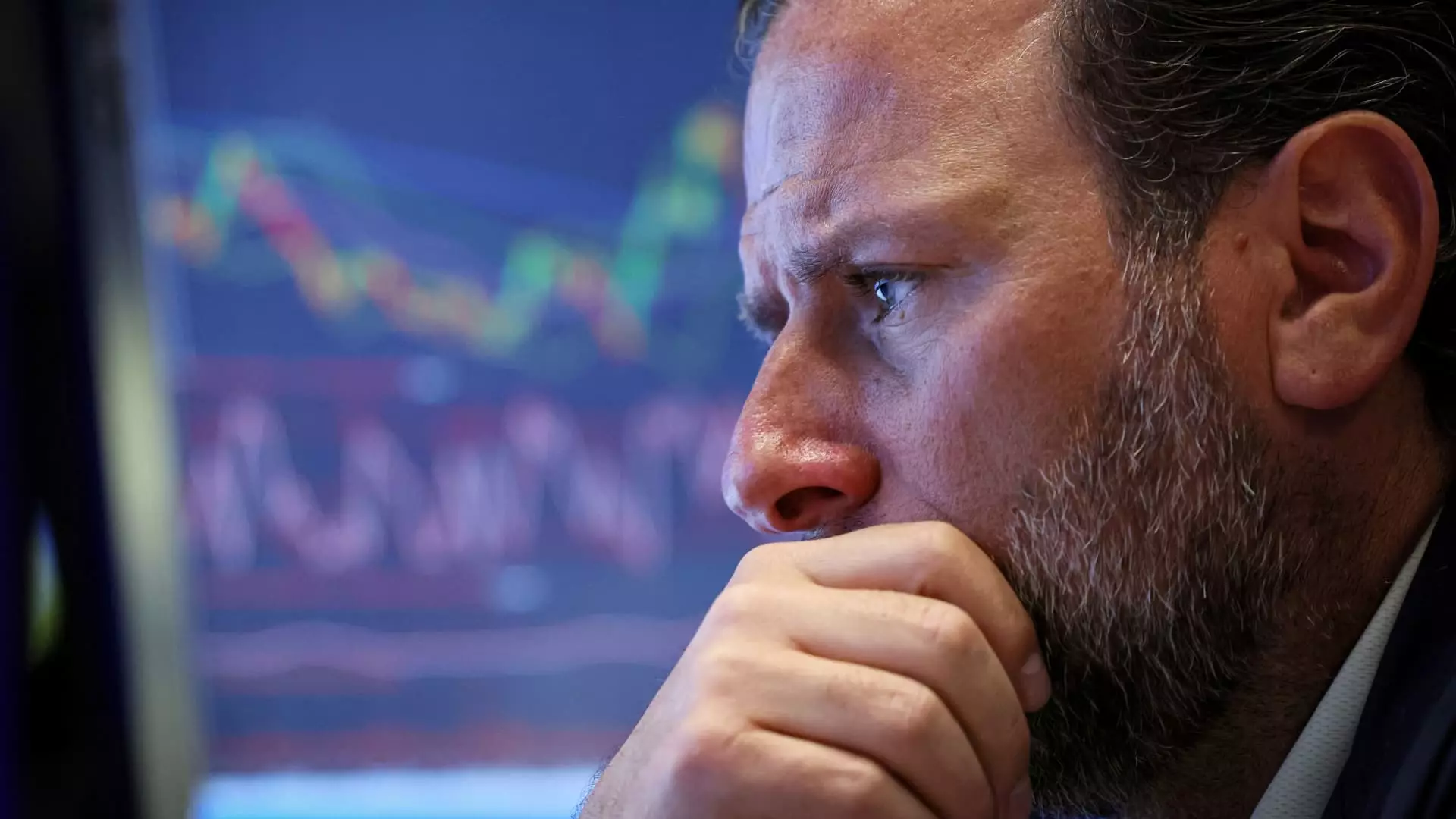The recent volatility in the bond market has caused a stir among equity investors, leading to concerns about the potential impact on stock market performance. According to a new 19-page paper by Goldman Sachs, historical market data dating back to the 1980s indicates that a key threshold for stock market performance is the 5% mark on the 10-year Treasury yield. When the yield reaches this level, there is a notable shift in the correlation between bond yields and stock prices, turning negative.
Goldman Sachs identifies the current phase of the market as the “optimism phase”, characterized by growing confidence and complacency among investors. This phase tends to push valuations higher, making equity markets more sensitive to fluctuations in bond yields. The recent increase in the benchmark 10-year yield to 4.67% has raised concerns about the impact on stock market performance, especially in the context of rising inflation and overheating concerns.
The Federal Reserve’s rate-setting Federal Open Market Committee recently began a two-day meeting, where decisions about interest rates are crucial for market sentiment. Billionaire investor Warren Buffett has highlighted the significant impact of interest rates on investment values, emphasizing how higher rates lower the present value of future earnings and assets. The current rate on the Federal Reserve’s fed funds for overnight lending is 5.25%-5.50%, reflecting a shift towards a higher-for-longer rate regime.
At the beginning of the year, the market anticipated at least six reductions in interest rates, but the current sentiment has shifted to pricing in a 75% chance of just one rate cut. The CME Group’s FedWatch tracker, which derives its probabilities from trading in 30-day fed funds futures, indicates a more conservative outlook on interest rate adjustments. This change in market expectations reflects the evolving dynamics of the bond market and its impact on stock market performance.
The rise in the 10-year Treasury yield by almost 80 basis points this year has triggered concerns about the appeal of risk assets compared to Treasury securities. Rising yields tend to dent the attractiveness of stocks as investors seek alternative options with solid yields and lower risk. The market’s reaction to changing interest rates highlights the delicate balance between risk appetite, inflation expectations, and central bank policies in driving stock market performance.
The impact of rising yields on stock market performance is a critical factor for investors to consider in the current market environment. The historical analysis by Goldman Sachs provides valuable insights into the threshold at which higher yields become a concern for equities. As market dynamics continue to evolve, investors must closely monitor interest rate trends, inflation expectations, and central bank policies to navigate the changing landscape of stock market performance.

